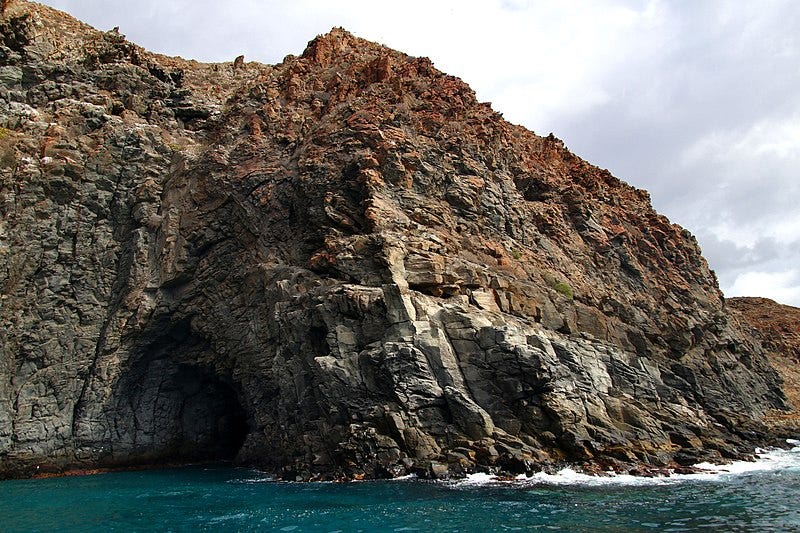Unearthing the Mysteries of the Gaunches: Caves of the Canary Islands
Written on
Chapter 1: Discovery of the Gaunches' Caves
Recent archaeological endeavors have unveiled the existence of caves that were once home to the Gaunches, the earliest known residents of the Canary Islands. Researchers have identified eight caves previously inhabited by this unique culture, sparking hopes of uncovering more about their way of life.
This paragraph will result in an indented block of text, typically used for quoting other text.
Section 1.1: Location and Research Efforts
The caves are situated in the northern region of Tenerife, close to the towns of San Cristóbal de La Laguna, El Rosario, and Los Realejos. This latest initiative was spearheaded by archaeologist Nuria Álvarez and speleologist Eduardo Díaz, who acknowledged the challenging access to these sites. The primary goal of the project is to explore the Gaunches' culture further.

[Photo: Guillaume Baviere from Uppsala, Sweden, CC BY-SA 2.0, via Wikimedia Commons]
The project is under the auspices of the Canary Islands Cultural Heritage Office, which aims to investigate all caves from the Gaunches' era. Experts note that many of these caves are in remote areas, likely remaining untouched for centuries. This preservation could provide invaluable insights into the lives of Tenerife's first settlers. “This discovery is crucial for understanding the Gaunches' existence and demise,” says Nuria Álvarez.
Section 1.2: Ongoing Research Challenges
The team, having commenced their project in 2017, was inspired by the discovery of ancient cave paintings in La Palma, leading them to expand their search into Tenerife. The researchers are eager to comprehensively examine these newly found caves, aiming to decipher their usage and the methods employed by the Gaunches to access them. This aspect continues to be a topic of debate among historians studying the Gaunches.
Chapter 2: Insights into the Gaunches' Lifestyle
The first video titled "The Magnificent Ancient Caves of Valerón | Ancient Architects" explores the remarkable structures and their historical significance, shedding light on the ancient inhabitants of the Canary Islands.
The archaeologists have revealed that the caves primarily served dual purposes: as burial sites and residences, according to historical texts. Their research is expected to illuminate the daily lives of the Gaunches.
The second video, "The truth behind the mysterious mummies of the Canary Islands – BBC REEL," investigates the intriguing discoveries regarding mummified remains, providing further context to the culture of the Gaunches.
One notable cave, Cueva del Viento (Cave of the Wind), is a significant lava cave stretching approximately 17 km, ranking as the sixth longest volcanic cave globally. The Gaunches utilized this cave as early as the 6th century BC, with archaeological findings from the 1960s uncovering burial remnants.
Who Were the Gaunches?
Historical records suggest that the Gaunches were the original inhabitants of the Canary Islands around 2500 years ago, predominantly residing in mountainous terrains and rocky caverns. They had their own language and created various artifacts, including ceramics, weapons, and garments made from goat skins.
It is believed that the Gaunches were tall, fair-haired individuals with blue eyes, resembling the Cro-Magnon people, and possibly linked to ancient Berber tribes. The Spanish conquest in 1495 led to their downfall, nearly extinguishing their culture, with Tenerife being the last stronghold of their heritage.
Source: Heritage Daily
Understanding Non-Human Suffering
Animals, like humans, experience emotions such as fear, depression, and anguish. This section examines the complexities of animal suffering and the similarities in emotional struggles across species.
Thank you for taking the time to read this article. If you found it valuable, please consider showing your appreciation by leaving some claps or following my work. Your support means a lot!